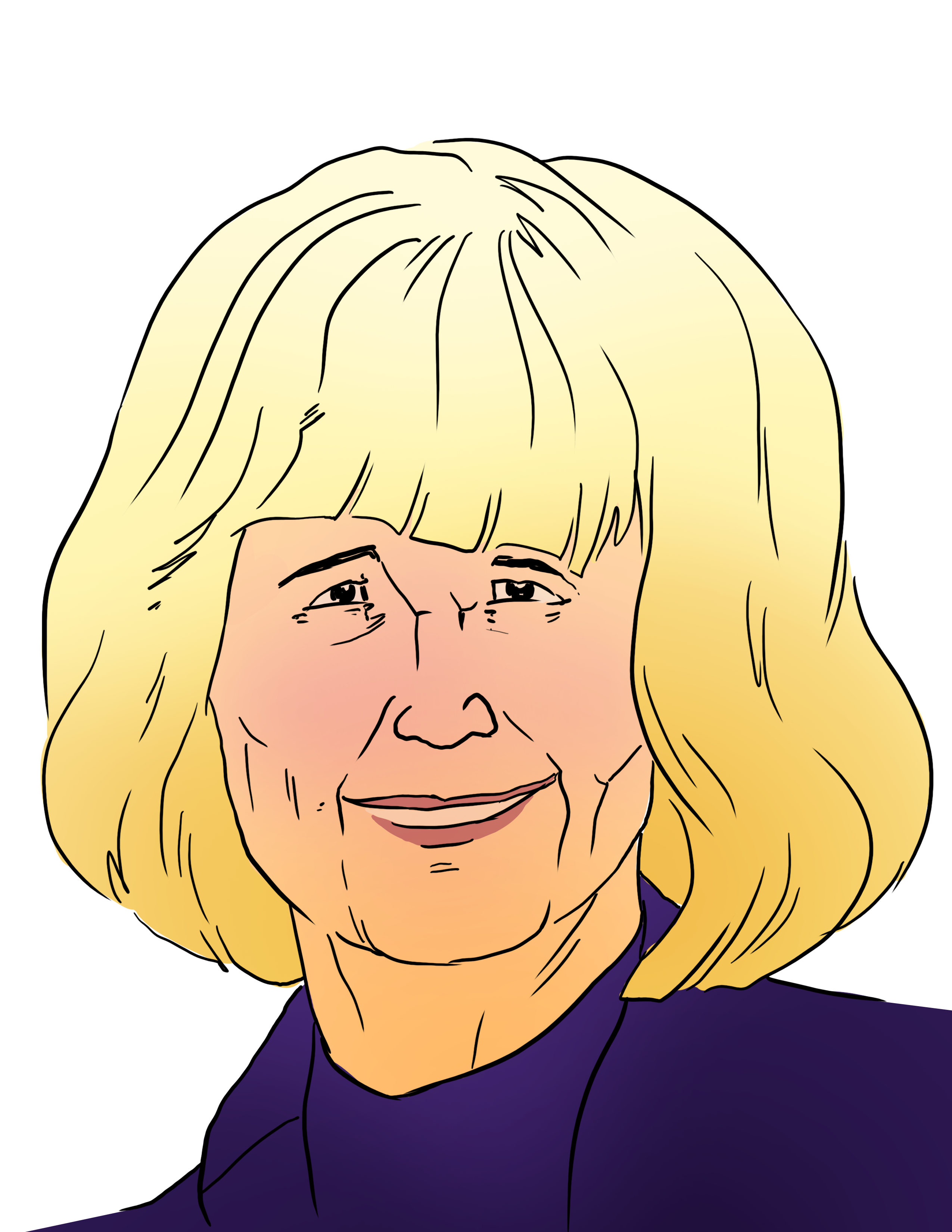Mary-Claire King is one of science’s most brilliant and inspiring women, and her application of genetic medicine has benefited so many people in many different ways.
In 1967, she began as a graduate student pursuing a doctorate in statistics at the University of California (UC), where an early genetics class changed the course of her entire career. She fell in love with the application of her statistics and math skills in solving genetics problems. She then immediately switched into the PhD program in genetics and joined Allan Wilson’s lab. Together, King and Wilson created a project that combined her love for statistics and interests in evolutionary biology research: genome sequencing.
In extremely basic terms, genome sequencing is the process of decoding and figuring out the specific order of details in a living being’s DNA. Understanding these details helps scientists better find specific genes in an organism’s DNA for different purposes, like identifying genetically-based diseases early on.
Her project focused on protein coding genes which are composed of DNA sequences that provide the instructions for protein production. Her analysis of DNA sequences of these genes and the resulting amino-acid arrangements, led her to discover that the evolutionary distance between species is rather small. King’s thesis work became one of the most remarkable scientific findings of the 1970s. This landed her the 1975 Science cover article, reporting that the amino acid sequences between humans and chimpanzees were 99 per cent identical.
This was a major step forward in evolutionary biology research, as well as a significant stepping stone into the future world of genetics. However, this would only be the first of many contributions she would make to the scientific community.
In 1976, King applied for an assistant professorship at UC Berkeley’s School of Public Health where, at the time, there was still opposition to women being in a position of authority—particularly certain opposition to women running their own research labs. However, as a strong advocate for women’s rights, King’s research focused on reconstructing genome maps and tracing back gene inheritance of breast cancer patients. It took her team 17 years of painstaking work, but they finally located the gene. King’s 1990 publication in Science identified the breast cancer gene BRCA1 on chromosome 17, once again contributing another landmark discovery.
In 2016, she was awarded the National Medal of Science by then-president of the United States, Barack Obama, recognizing her work on the BRCA1 breast cancer gene, as well as for her commitment to using science to improving the lives of people.
In the early 1980s, King’s commitment to applying her scientific skills to humanitarian efforts gave rise to another major contribution. Through gene sequencing, King developed a method of using DNA to identify and reunite over 100 kidnapped Argentinian children with their biological families during a major conflict known as the Dirty War.
Due to her incredible scientific research career and humanitarian efforts, King serves as an amazing role model for using the knowledge gained from scientific investigation to empower women and improve the lives of many. King’s passion and resilience is remarkably inspiring to women in science everywhere.
Graphic by Manoj Thayalan




